While Donald Trump sets out his contested vision for Gaza’s future, Palestinians are seeking to reanimate their devastated landscape, writes Emma Dent Coad
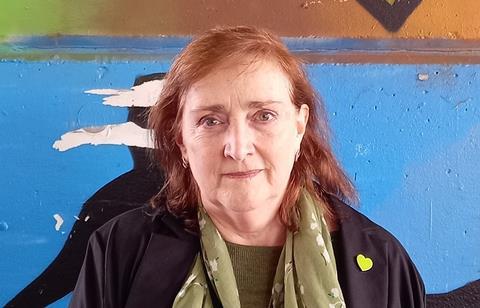
“The reconstruction by Gaza municipality has officially commenced, marking a significant step towards restoring essential infrastructure and services for the citizens of Gaza. As we embark on this critical journey, the municipality seeks the support of architects, engineers and other professionals to help transform these initial ideas into tangible solutions.
“Their expertise and creativity are vital in reimagining and rebuilding the city’s core, ensuring that it stands strong and sustainable for future generations. Together, we can shape a brighter and more resilient Gaza.”
These are the words of Maher Salem of the Municipality of Gaza, where he is director of the planning and investment unit and director of the water and wastewater directorate. Salem has been working closely with Architects for Gaza (A4G), a team from across the globe, including Palestine. The workshop, currently based in Cairo, is organised by A4G in collaboration with Professor Robert Mull of the Global Free Unit and the Office of Displaced Designers.
Trump can dream on. Palestinians aren’t going anywhere
Working from their London office, and in daily contact with the Cairo team, Yara Sharif and Nasser Golzani are not intimidated by the US president’s fantasy about building a “riviera of the Middle East” on the ruins of Gaza. “Trump can dream on. Palestinians aren’t going anywhere,” they state.
Sharif and Golzani, principals of NG Architects, set up A4G through their work at the University of Westminster. The estimated 300,000 (to date) displaced Palestinians returning to north Gaza from the south are returning home to whatever is left of their land – rubble or ruin.
“We shouldn’t normalise Trump’s rhetoric,” they add, arguing that much of the media is reinforcing a narrative that Gaza is simply a tabula rasa ripe for property speculation by sharing “images of greyness and nothingness”.
“What is imperative now is to reintroduce life and culture,” they insist.
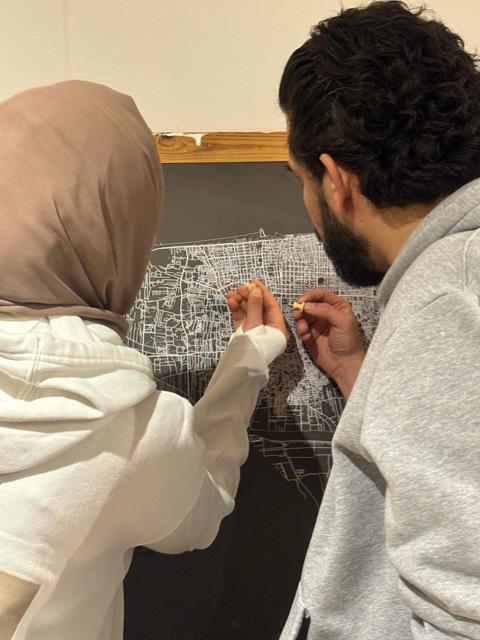
Working alongside UN-Habitat, A4G and the Palestine Regeneration Team (PART), the group is focusing on rebuilding infrastructure – long-term as well as short-term – and recreating the foundations of a new Gaza City.
They have been working on initiatives with professionals and politicians on the ground in Gaza “even during bombing,” with Yahya Sarraj, the mayor of Gaza, and with directors of the municipality to repair water supplies, drainage and power supplies. More urgently, 100,000 portable cabins are being sent by the United Nations as emergency accommodation.
But the population do not want to live in another refugee camp – they want their temporary homes located precisely on the site of their own land, rubble and all. Their attachment to the site of their past homes is visceral.
“Small-scale initiatives matter, offering hope and resilience – not rubble and helplessness,” says Sharif. One of the main hurdles is, of course, how to deal with the devastated buildings, which hold memories for families as well as, sadly, the remains of their loved ones, whom they were not able to bury when forcibly displaced. Treating this material with respect is essential.
I am reminded here of the current debate about the upcoming deconstruction of Grenfell Tower and how some bereaved family members and survivors have a very strong attachment to the physical remains of the building. To many, their remains may have been removed, but the essence of their loved ones somehow prevails.
The emphasis on reconstructing community and life is to create small clusters of activity and homes
Another concern is deciding on architectural typology, which in Gaza is very different on the coast, in the city and in rural areas; A4G is working with the municipality on how this can be approached.
There are currently 18 people working on the project for the restoration of the Sheikh Radwa lagoon in the north of Gaza City.
There must be immediate, short and long-term plans for this essential infrastructure project. The lagoon has been bombed and rebuilt four times since 2009.
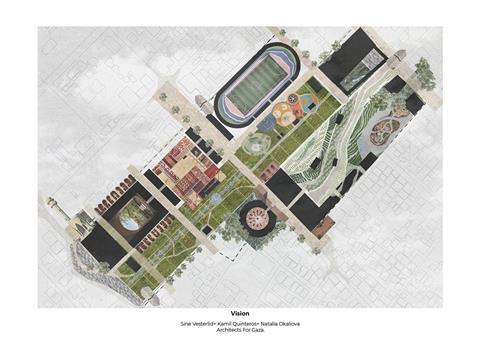
The project to build a leisure and sports centre, focusing on young people and women, on the site of a previous sports arena, is now being detailed. It is seen as essential in providing a meeting place with gardens and activities for the whole family and in reconnecting communities.
A4G is also in regular communication with Dr Farid Alqueez, who has the housing brief on Gaza council. The emphasis on reconstructing community and life is to create small clusters of activity and homes, with nothing too centralised, and all the necessities of everyday life close to hand.
One potential breakthrough has been securing funding from the Global Free Unit to work with Professor Robert Mull and the other displaced professionals now in Cairo for a four-week workshop to bring these projects forward. It was originally conceived to work with displaced students but is now being reconfigured, as many students have returned to Gaza University to complete their studies.
The current workshop leaders teaching in Cairo are members from A4G: Hala Al Naji, Rana Suleiman, Alia Okasha, and Aya Musmar. The challenge, of course, is to recreate not just buildings and infrastructure but to rebuild the community for traumatised, bereaved and homeless people.
While the news shifts daily, and the US president makes ever more contrary and outrageous statements about the future of the region, the determination and resilience of the Palestinian people – and those from around the world, many themselves from war-torn countries – is indefatigable.
No space for fantasies and platitudes here; the serious work of reconstruction in Gaza has begun.
>> Also read: Built environment professionals confront the enormity of the challenge ahead in Gaza


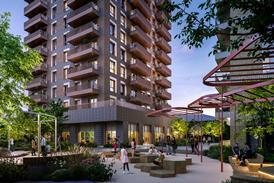
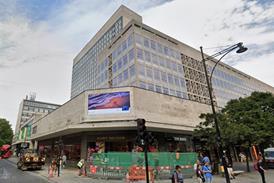
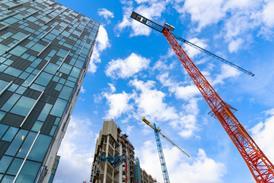


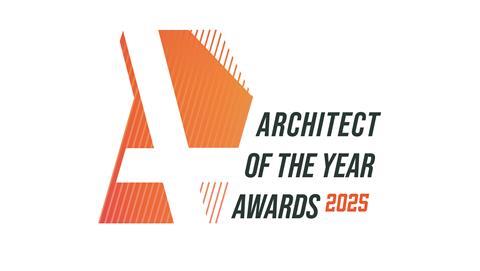
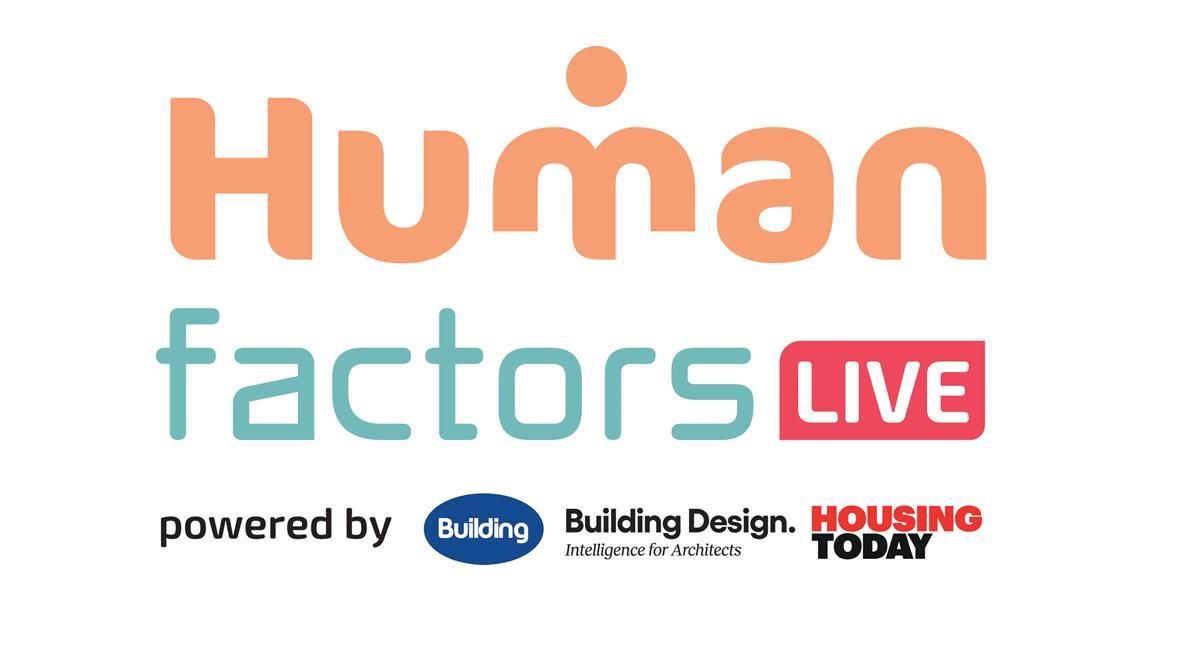







No comments yet